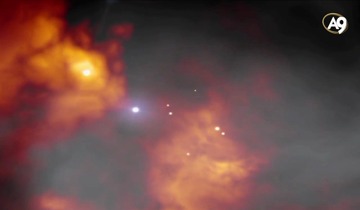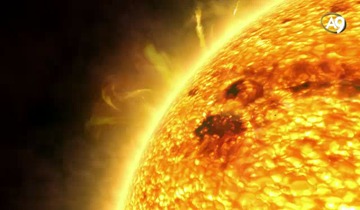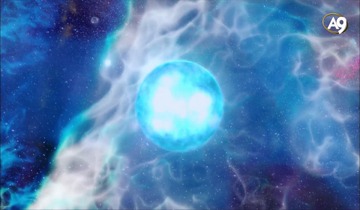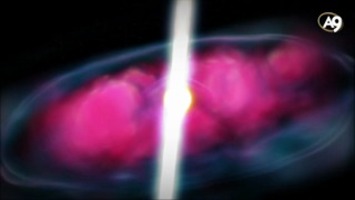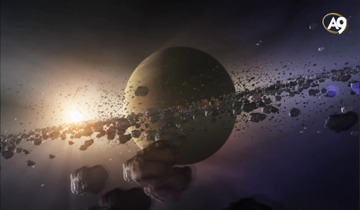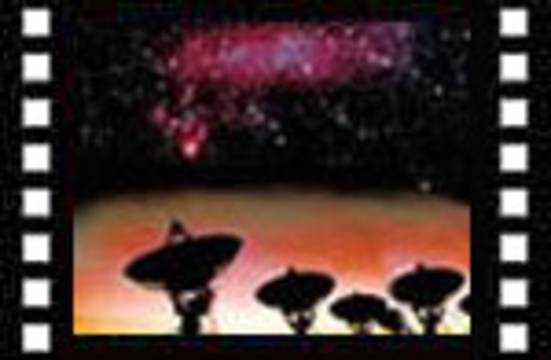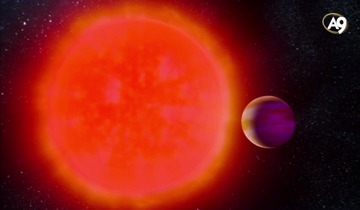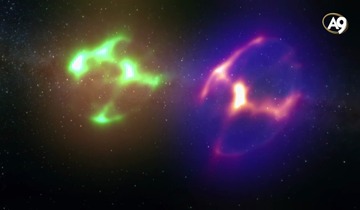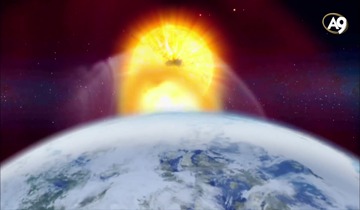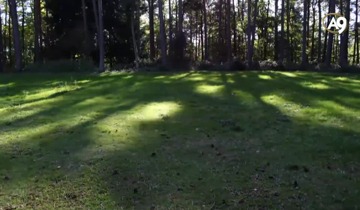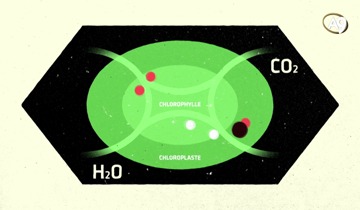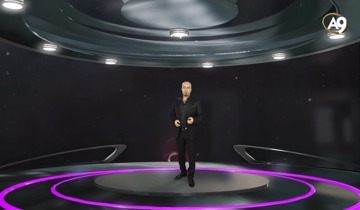The other planets of the Solar System are full of countless deadly dangers. In addition to such threats, you could never find even a bit of the beauties that we encounter in our world on those planets as you can see here.
In space there are lethal methane rainfalls, storms much fiercer when compared with the Earth, black holes swallowing everything that comes near them, planets covered in dust clouds, seas of acid, winds twice as fast as the speed of sound, deadly gamma rays and many other perils. Some of these horrors, like scenes from a movie at the cinema, are almost incomprehensively terrifying, but for us they are merely a visual show.
That’s because we are living in a world that is completely safe. We are so secure in our lives that we can even forget we are all moving through at a speed of thousands of kilometers per hour.
Likewise, we also forget that there are countless safety measures protecting us from countless dangers that threaten us every second.
There are unwavering laws, balances and measures that envelop the Earth and the entire universe.
From the universe’s rate of expansion to our Earth’s location in the Milky Way galaxy, from the spectrum of the Sun’s radiation to the viscosity of water, from the distance of the Moon to the Earth to the ratio of the gases that form the atmosphere, countless other such factors are just right for life to exist.
Whichever law, principle or physical constant in the universe we consider, we see that it could not have been brought to its current ideal state by itself, or through coincidence.
In recent years, cosmologists and theoretical physicists began to call this mind-blowing order that spawns necessary conditions for human life “fine-tuning.” Concentrating on this subject, they discovered or calculated countless examples of “fine-tuning” throughout the universe. It’s appropriate here to quote some of these scientists’ expressions of astonishment and wonder over the results of their research:
NASA astronomer Professor John O’Keefe: "We are, by astronomical standards, a pampered, cosseted, cherished group of creatures. If the Universe had not been made with the most exacting precision, we could never have come into existence. It is my view that these circumstances indicate the universe was created for man to live in."
British astrophysicist Professor George F. Ellis: "Amazing fine tuning occurs in the laws that make this [complexity] possible. Realization of the complexity of what is accomplished makes it very difficult not to use the word ‘miraculous’..."
British astrophysicist Professor Paul Davies: "the laws [of physics] ... seem themselves to be the product of exceedingly ingenious design…. The universe must have a purpose."
British Mathematician Professor Roger Penrose: "I would say the universe has a purpose. It's not there just somehow by chance."
All the scientific data obtained to date shows that there is no room in the universe for chance or coincidence, anywhere or at any time.
Astronomy Dictionary
Are Telescopes a Kind of Time Machine?
Light travels at around 300 million meters a second. However, the distance to the stars is so astoundingly vast, it takes the light from the stars hundreds, or even thousands of years to reach us.
In other words, when we look at the stars, we are not seeing them in their current state. Instead, it’s like we are seeing a photograph of them published in an out-of-date newspaper left in a letterbox. The more powerful the telescope, the further back in history it is possible to gaze. For example, the light from the Andromeda Galaxy began its journey to us 2.5 million years ago, but we can only observe it right today. And the light reaching us today from the brightest quasars is from 2 billion years ago.
The Lagoon Nebula
4000 – 6000 light years away
On the screen is an image of the massive star cloud, The Lagoon Nebula, as it was during the time of the pyramids. That is, as if a photograph was taken of it during that time…To look at it another way, what we are observing right now is how the Nebula was thousands of years ago.



